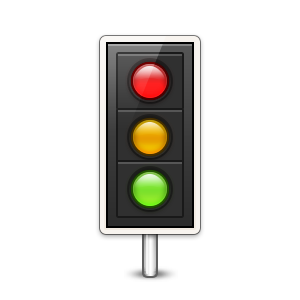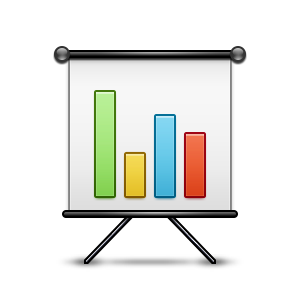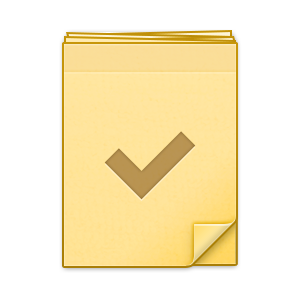Cyber SafeRocheston Cybersecurity Awareness Campaign

Cyber Tips
A |
2-Factor Authentication |
|---|---|
Implement multi-factor authentication on your accounts and make it significantly less likely you’ll get hacked. |
A |
Software Update |
|---|---|
Update your software. In fact, turn on automatic updates. |
A |
Think Before You Click |
|---|---|
Think before you click. More than 90% of successful cyber-attacks start with a phishing email. |
A |
Use Strong Passwords |
|---|---|
Use strong passwords, and ideally a password manager to generate and store unique passwords. |
A |
Backup Sensitive Data |
|---|---|
Ensure the security of your data by regularly backing it up. With the advent of ransomware, having full and current backups of all your data can be a lifesaver. |
A |
Use Firewalls and Anti-Viuses |
|---|---|
Hackers penetrate your systems with ease if you don't have antivirus protection. Use AV and endpoint protection. |
A |
Avoid Non-Secure Downloads |
|---|---|
Do not download and install unnecessary extensions and applications. |
A |
Secure WiFi Networks |
|---|---|
Make sure you only connect to secure WiFi networks. For additional protection use VPN. |
A |
Be careful on Social Media |
|---|---|
Keep your posts private and restricted. Do not share sensitive information on social media. |
A |
Friend Invitation |
|---|---|
Do not accept friends request from people you don't know. Practice caution here. |
© 2022 Rocheston








